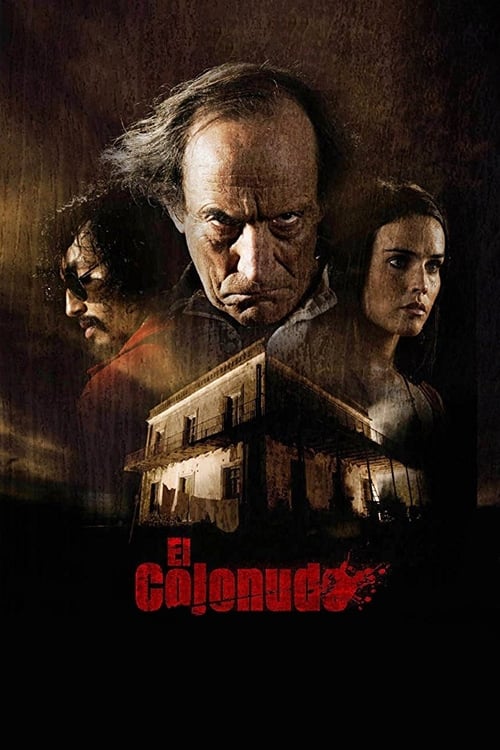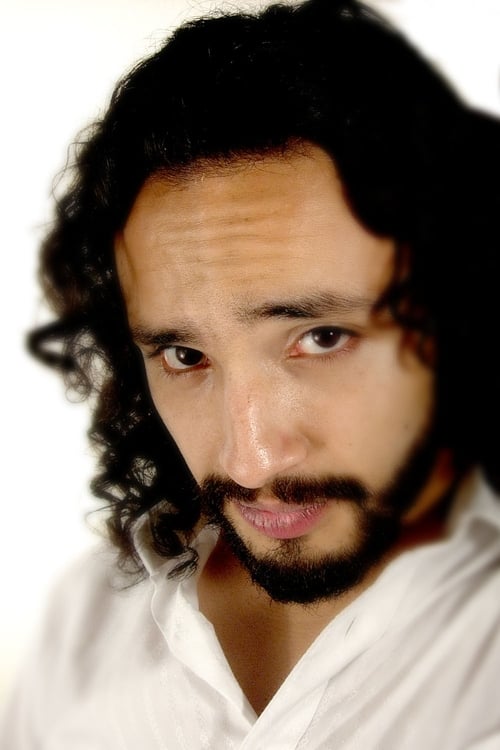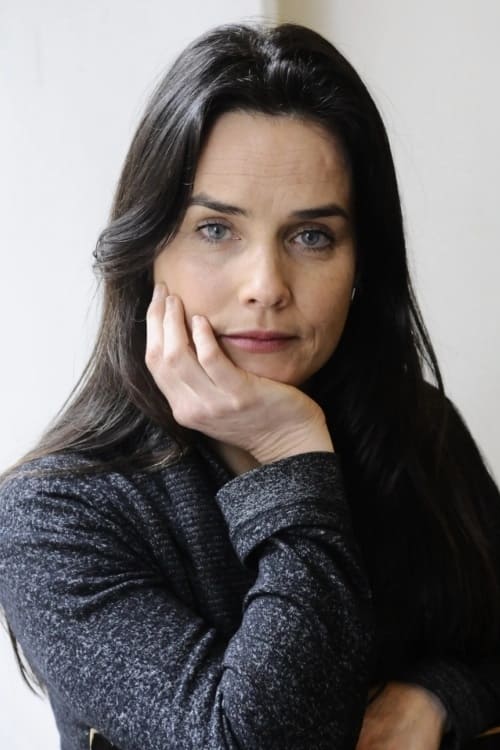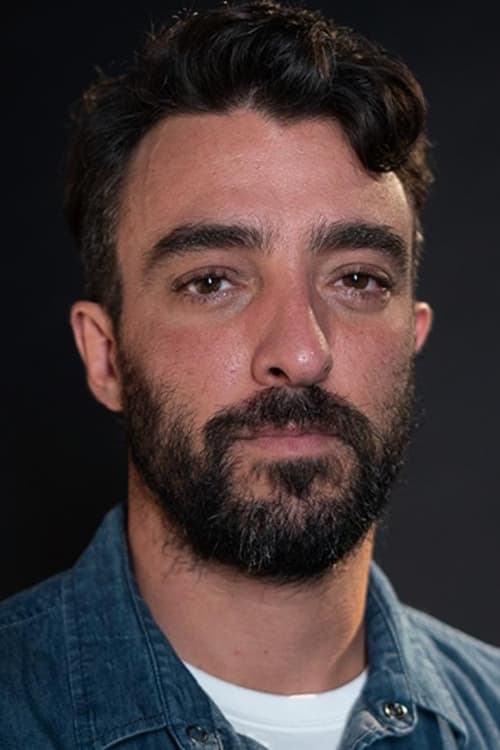El Cojonudo (2005)
Genre : Comedy, Crime
Runtime : 22M
Director : Fede Álvarez
Synopsis
A young city couple find themselves stuck at a rural gas station after their car breaks down. An old man, disturbed by their disrespectful behavior, starts telling them a story about the importance of respect: the cautionary tale of El Cojonudo.
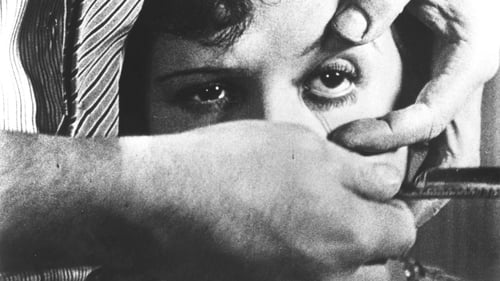
Un Chien Andalou is an European avant-garde surrealist film, a collaboration between director Luis Buñuel and Salvador Dali.
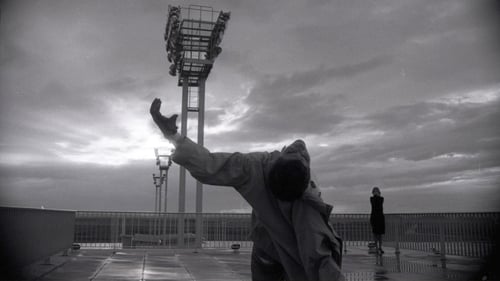
A man is sent back and forth and in and out of time in an experiment that attempts to unravel the fate and the solution to the problems of a post-apocalyptic world during the aftermath of WW3. The experiment results in him getting caught up in a perpetual reminiscence of past events that are recreated on an airport’s viewing pier.
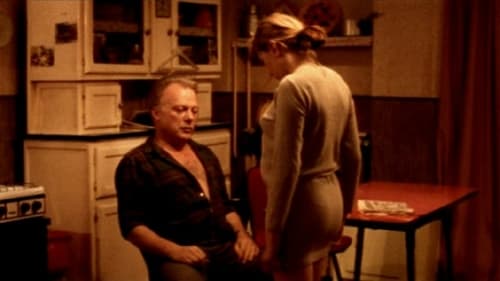
A butcher in Paris takes his revenge after his daughter is brutally attacked.

A young man journeys through a desert, where he is kidnapped by a sadistic stranger clad in a pig mask. The stranger proceeds to brutally torture the young man, who then finds himself escaping into his imagination, with fantasy and reality intersecting.
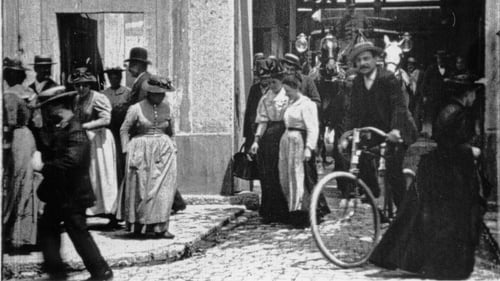
Working men and women leave through the main gate of the Lumière factory in Lyon, France. Filmed on 22 March 1895, it is often referred to as the first real motion picture ever made, although Louis Le Prince's 1888 Roundhay Garden Scene pre-dated it by seven years. Three separate versions of this film exist, which differ from one another in numerous ways. The first version features a carriage drawn by one horse, while in the second version the carriage is drawn by two horses, and there is no carriage at all in the third version. The clothing style is also different between the three versions, demonstrating the different seasons in which each was filmed. This film was made in the 35 mm format with an aspect ratio of 1.33:1, and at a speed of 16 frames per second. At that rate, the 17 meters of film length provided a duration of 46 seconds, holding a total of 800 frames.

A narrator explains the history of the Olympic Games while Goofy demonstrates events.

A teenage boy plays truant from school, and spends the day riding around the town and the deserted beach on his bicycle, letting his mind wander as he imagines he is the only person in the world...

A girl tells the story of her life and hopes for the future.

A man wakes on the ceiling of his bedroom and breaks a lamp to alert his wife to his predicament. She puts on her heavy boots, unstraps herself out of her bed and uses a hook on a pole to drag him back down. The next day he goes to his job where he works as a deodorant tester, sniffing the armpits of exercising test subjects. On this day though, he faces an event that will change his life forever.

The movie covers 3 events in a girl's life. The first shows her as a very young girl watching her father get ready to go out for a night. In the second segment she's a teenager who witnesses a nasty incident involving a cow. While in the third she's a young adult who goes to a creepy building with her boyfriend. He goes upstairs, leaving her to fidget nervously below. But then he calls to her ...
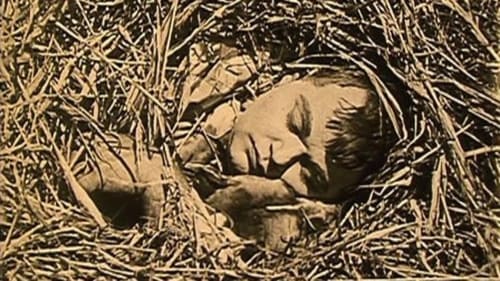
Buster manages the store while Roscoe delivers the mail, taking time out for hide-and-seek with Molly. The constable, also interested in Molly, steals $300 while being observed by Buster.

A series of adventures begins when Buster is mistaken for Dead Shot Dan, the evil bad guy.

This satirical parody of William S. Hart's melodramatic films finds Buster in the frozen north, "last stop on the subway." He uses a wanted poster as his partner in robbing a gambling house. When he thinks he spies his wife making love to another man he shoots them both only to learn it isn't his cabin after all.

In this Oscar-winning short film, Norman McLaren employs the principles normally used to put drawings or puppets into motion to animate live actors. The story is a parable about two people who come to blows over the possession of a flower.
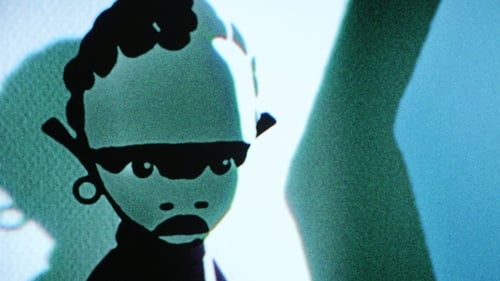
Animated documentary about two Sudanese children who are abducted and used as slaves

A woman's story of how she became involved in terrorist activities in the 1970s.

At the height of the Great Depression, the showman of a renowned circus leads his troupe through the devastated American landscape, lifting the spirits of audiences along the way. During their travels they discover a man without limbs at a carnival sideshow. However, after an intriguing encounter with the showman he becomes driven to hope against everything he has ever believed.

Official animated movie of Tim Minchin's 9-minute beat poem Storm. Written and performed by Tim Minchin. Directed and animated by DC Turner. Produced by Tracy King. www.stormmovie.net www.timminchin.com www.kershoot.com

At the edge of society, a cow tips the balance of destiny with quite some impact.

Pull My Daisy is a film that typifies the Beat Generation. Directed by Robert Frank and Alfred Leslie, Daisy was adapted by Jack Kerouac from the third act of his play, Beat Generation; Kerouac also provided improvised narration.
